What is conjunctivitis?
According to the American Optometric Association (AOA), conjunctivitis, “often referred to as “pink eye”, is a common eye infection that causes inflammation of the tissues lining the eyelid (conjunctiva). It’s caused by allergens, irritants, bacteria and viruses, such as coronaviruses that cause the common cold or COVID-19.
What causes conjunctivitis?
Conjunctivitis infections, as stated earlier, are broadly of three types, and causes are different for each.
Allergic conjunctivitis can be caused by common allergens like pollen, or due to the long-term presence of a foreign body in the eye, like hard contact lenses.
Bacterial or viral conjunctivitis is infectious. According to the AOA, bacterial conjunctivitis is “most often caused by staphylococcal or streptococcal bacteria from your own skin or respiratory system”, while viral conjunctivitis “is most commonly caused by contagious viruses associated with the common cold. It can develop through exposure to the coughing or sneezing of someone with an upper respiratory tract infection.”
What are the symptoms of conjunctivitis?
According to the USA’s Centers for Disease Control and Prevention, symptoms of conjunctivitis include “Pink or red color in the white of the eye(s); swelling of the conjunctiva and/or eyelids; increased tear production; feeling like a foreign body is in the eye(s) or an urge to rub the eye(s); itching, irritation, and/or burning; discharge (pus or mucus); crusting of eyelids or lashes, especially in the morning; contact lenses that feel uncomfortable and/or do not stay in place on the eye.”
Viral conjunctivitis generally causes a watery discharge, while in the case of a bacterial infection, the discharge is pus-like.
General Tips for Preventing Eye Infections:
- Avoid rubbing your eyes, as this can introduce bacteria or irritants.
- Replace eye makeup regularly and avoid sharing it with others.
- Maintain good overall hygiene practices, including regular handwashing.
- If you suspect an eye infection, avoid wearing contact lenses and consult a healthcare professional promptly.
- If you have recurrent eye infections, consult an eye specialist for a thorough evaluation.
- Remember that proper hygiene, avoiding irritants or allergens, and taking precautions can significantly reduce the risk of eye infections. If you develop symptoms such as redness, itching, discharge, or discomfort in your eyes, it's essential to seek medical advice for proper diagnosis and treatment.
What should patients do at home?
Home remedies alone can be inadequate to address the issue effectively. "However, it is recommended to follow a simple yet essential action that is washing the eyes with clean water at least three times a day, ensuring that the water makes direct contact with the eyeballs
If the problem, get worse patient need to consult nearby ophthalmologist immediately and follow the prescribed dosage recommended to ensure effective and safe management of the condition.
Why Conjunctivitis Cases Rise in monsoon?
Amid heavy rainfall in Barak Valley and nearby areas over the past few weeks, conjunctivitis has become a prevalent concern. The humid weather offers a favorable environment for bacteria and viruses to grow and spread, contributing to increased cases of highly contagious eye infections.
During the monsoon season, the incidence of conjunctivitis tends to spike due to several reasons.
1. Increased humidity
The monsoon season is characterized by high humidity levels, creating a conducive environment for the growth and spread of viruses and bacteria. This increased moisture provides an ideal breeding ground for pathogens that can cause eye infections.
2. Contaminated water
Inadequate sanitation and water logging during the monsoon can lead to the contamination of water sources. Washing the face with contaminated water can introduce harmful microorganisms into the eyes, leading to infections like conjunctivitis.
3. Allergens
Monsoon season can bring about an increase in mould/fungus and other allergens in the air. Allergic conjunctivitis can occur when these allergens come into contact with the eyes, leading to redness, itching, and discomfort.
Preventing conjunctivitis amid spike in cases
1. Maintain proper hygiene
Regularly wash your hands with soap and water, especially before touching your eyes. Avoid rubbing your eyes, as this can further irritate them and potentially spread infections.
2. Avoid touching your face
Refrain from touching your eyes, nose, and mouth with unwashed hands to reduce the risk of introducing harmful pathogens into the eyes.
3. Keep the eyes clean
If you have been exposed to dust, dirt, or any potential irritants, consult ophthalmologist or in emergency rinse your eyes with clean water to wash away any foreign particles.
4. Avoid sharing personal items
Do not share towels, handkerchiefs, or other personal items with others, as this can spread infections from one person to another.
5. Use protective eyewear
If you are going outside during the monsoon, wear protective eyewear such as sunglasses to shield your eyes from dust, allergens, and potentially contaminated water.
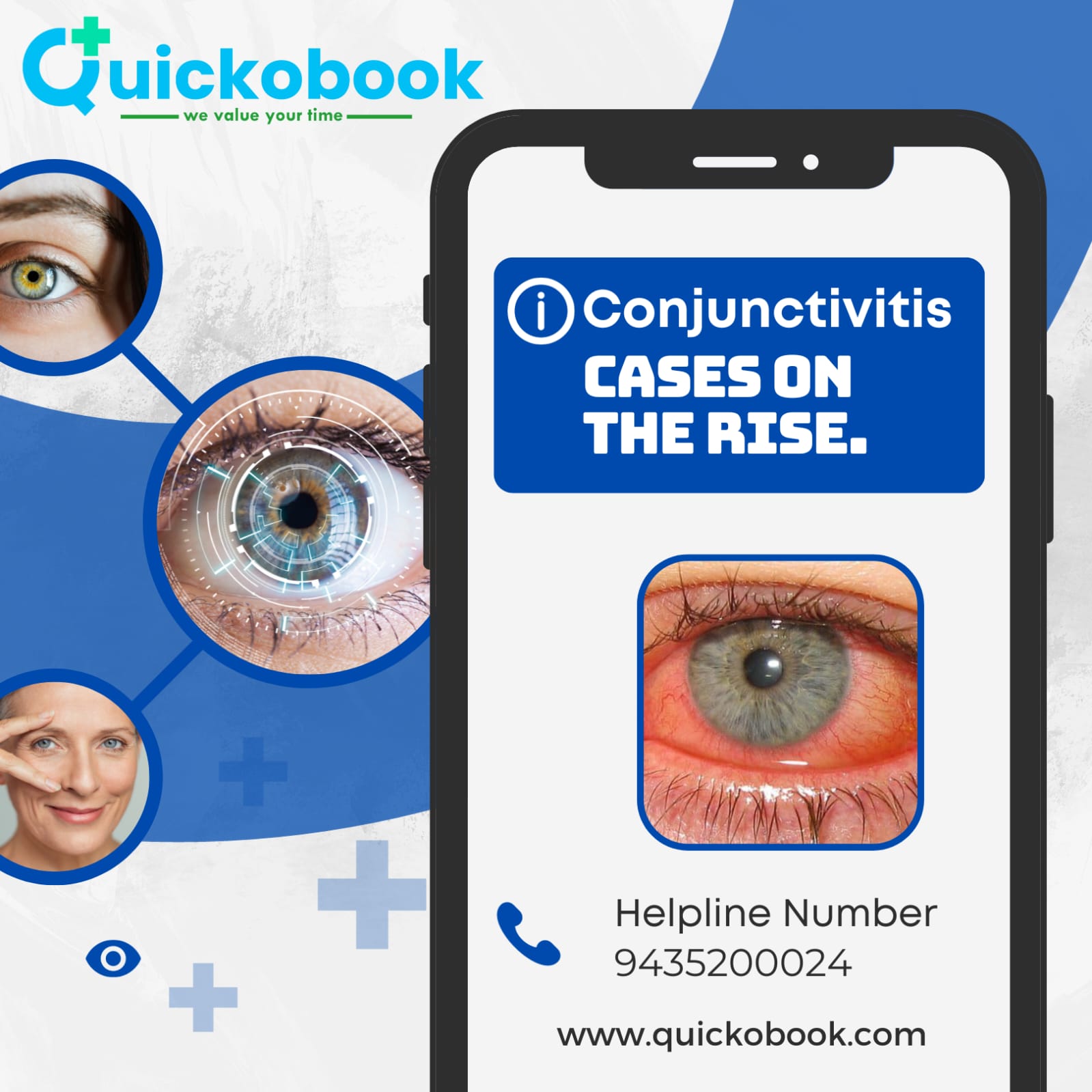

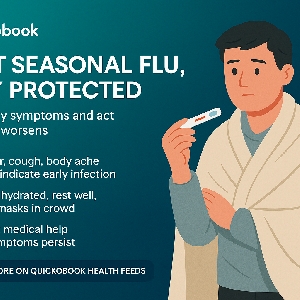
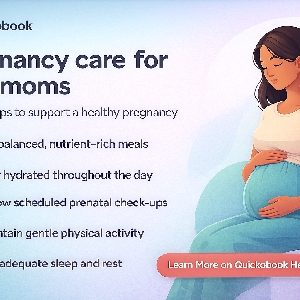
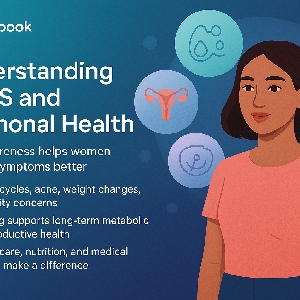

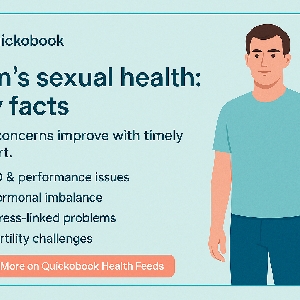


Comments (0)
No comments yet. Be the first to share your thoughts!
Leave a Comment